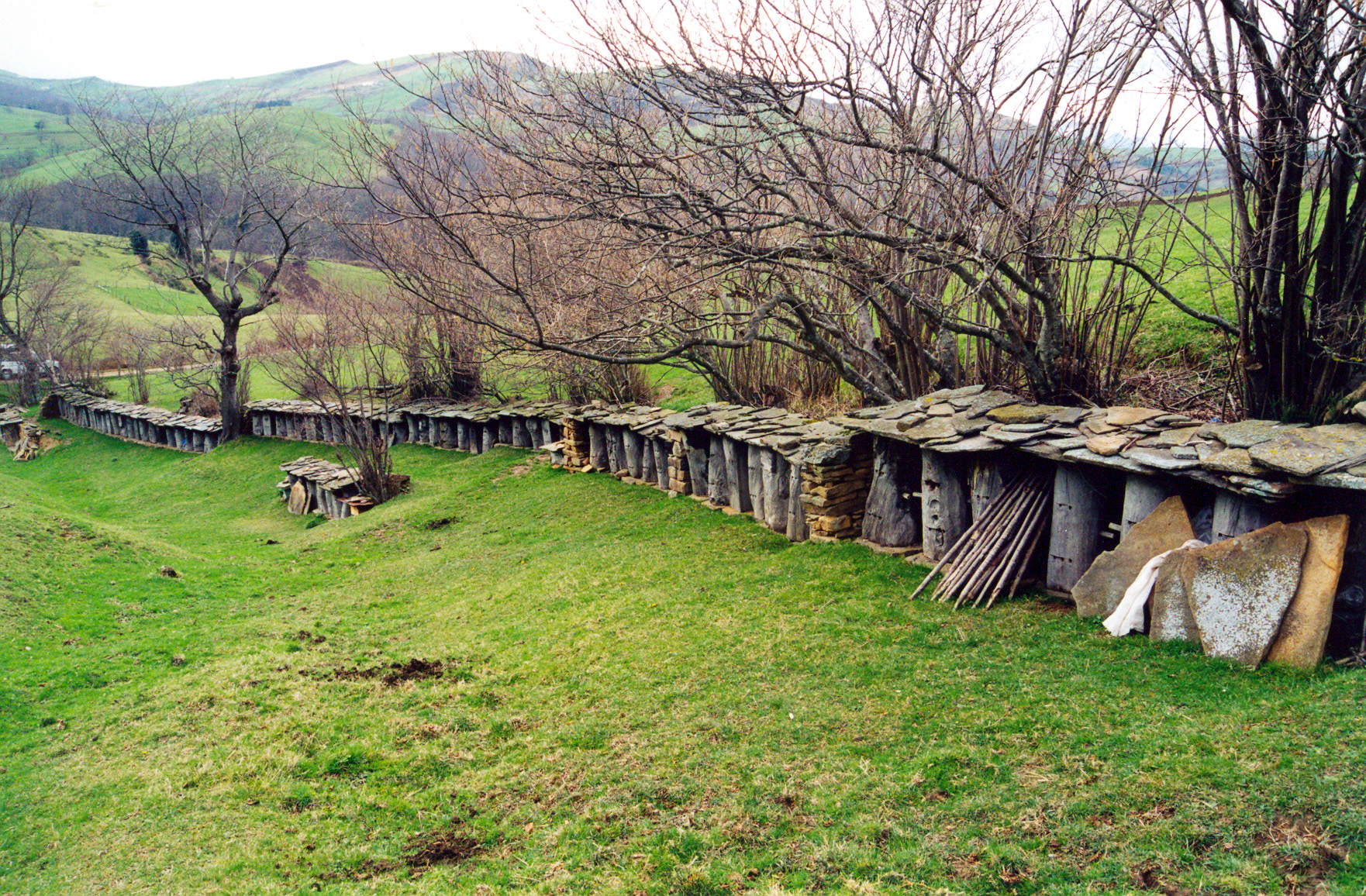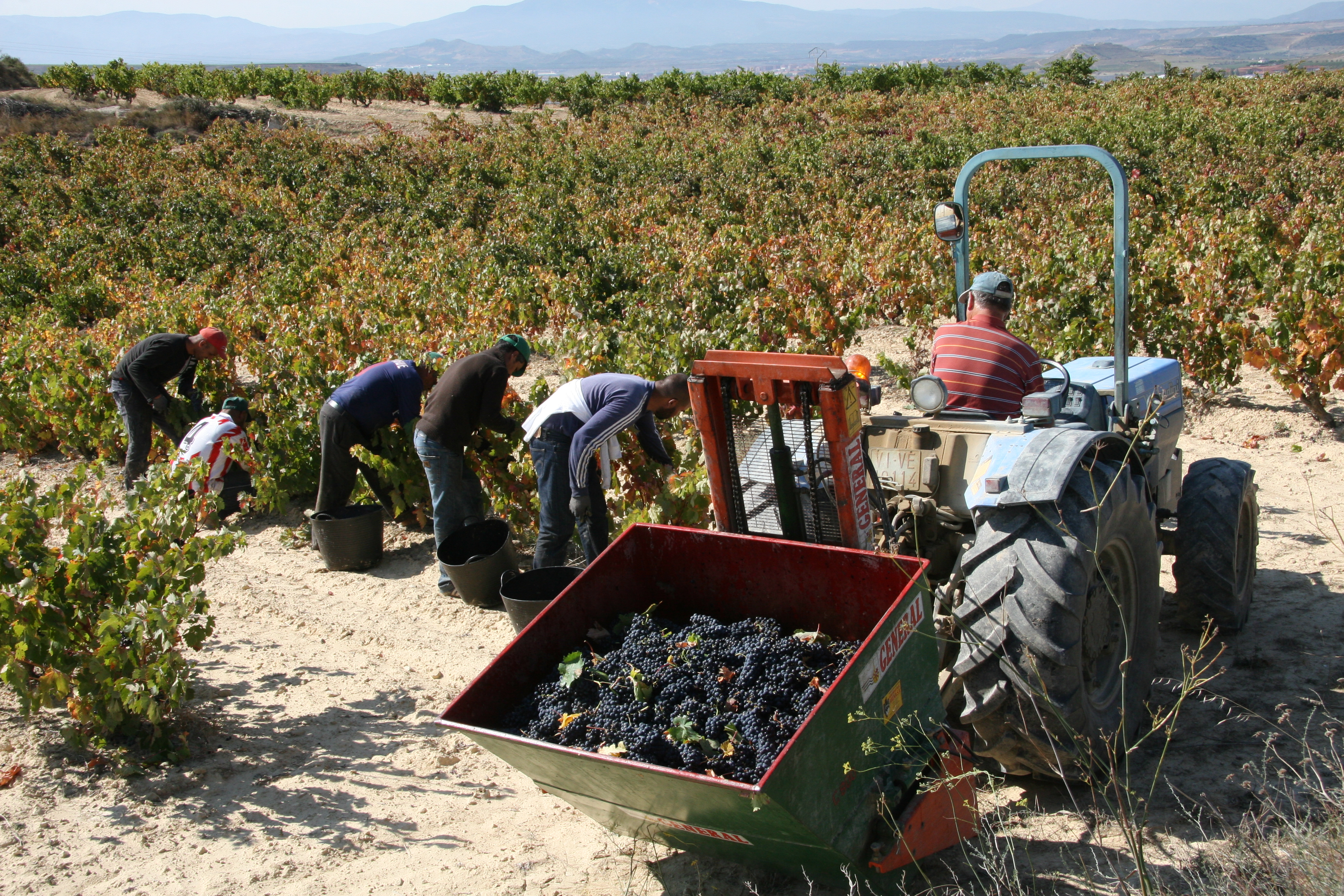Basque ethnography at a glance
The log hive, known locally as cepo, has since time immemorial and until barely a few decades ago been the ideal place to site a bee colony for beekeeping in Valley of Carranza apiaries. Fixed in a vertical position, as tradition dictates, this type of hive consisted of a dead or hollowed-out tree trunk on whose walls the bees were to build their honeycombs or tástanas. Sometimes the hive was built with timbers to solve shortage of tree logs. (more…)

Mantxolatxiki Farmhouse in Zerain (Gipuzkoa).
Francisco de Goya (Fuendetodos, 1746) descended from Basque ancestry, as is widely known, Manuel Laborde being who first detailed the painter’s genealogical data. Subsequent studies have added to this initial contribution.
Goya is one of many Basque surnames largely widespread throughout the geography of Euskal Herria and Latin American countries. The surname Goya achieved worldwide fame, for it belonged to the great painter Francisco de Goya. (more…)

Stacking hands brings the dispute to an end. Labayru Fundazioa Photographic Archive.
There is a growing acceptance of mediation by couples experiencing conflict in their relationship or over child custody, and arbitration agreements between consumers and businesses, as alternative methods of dispute resolution today. They may likewise be attempted in many other instances before legal action is sought. As a matter of fact, mediation was formerly a means of addressing disagreement in the family or neighbourhood. (more…)
As with students at their course-end exams, grape harvest is for Rioja Alavesa winegrowers the litmus test after a year of diligent care of the vineyards: vine pruning, ploughing and reploughing of vines and vineyard rows, crop thinning and weeding, phytosanitary treatments against insects and the dreaded downy mildew and powdery mildew, shoot tipping, offshoot trimming and thinning… It is a reward for a year’s work and effort. (more…)



